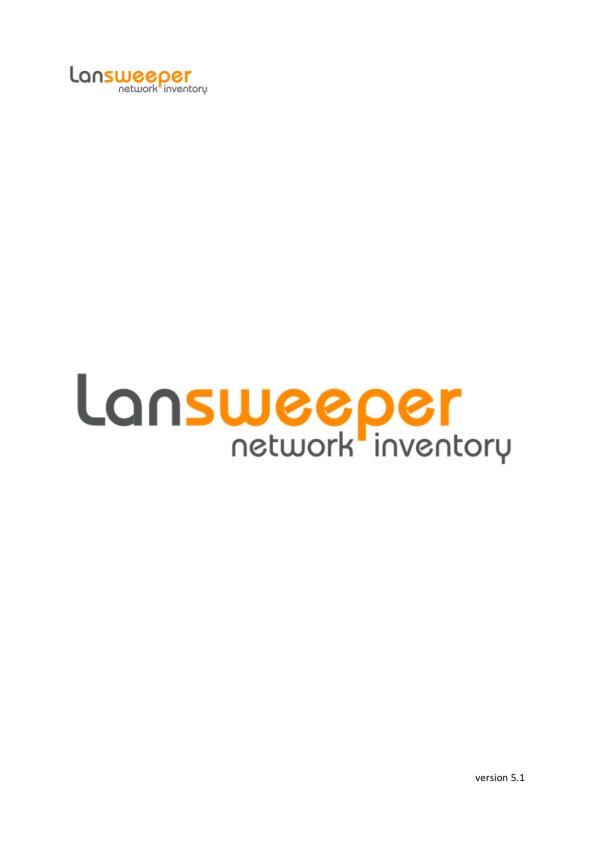
On the Choose a Data Source page, specify the data source and server name from the drop-down list. Invoke the shortcut menu and go to Tasks > Export Data.

In Object Explorer, go to the database that you want to export to Excel. Launch SSMS and connect to the required database.Ģ. How to export data from SQL Server to Excel using dbForge Studio for SQL Server How to export data from a SQL table to Excel using the SQL Server Import and Export Wizardġ. How to export SQL Server data to an Excel file using a T-SQL statementĥ. How to export data from SQL Server to an Excel file using the Data Connection WizardĤ. How to export SQL query results to Excel with headersģ.

How to export data from a SQL table to Excel using the SQL Server Import and Export WizardĢ. Without further ado, let’s get started!ġ. Here we tried to gather together different methods-any of them could turn out to be useful for your particular case. However, with this PowerShell permissions reporter option, be ready to spend some time on scripting and then looking through theġ.If you are in search of the optimal way to export data from SQL Server to Excel spreadsheets, look no further. Permissions, adjust those permissions to align with your data security policy, and thereby minimize the risk of a data breach. With the help of a PowerShell script, you can export folder permissions to a CSV file and open it in Excel, so you can spot users with unnecessary

One way to view a list of security permissions to filesĪnd shared folders on Windows servers in your network is to perform permissions reporting using Microsoft PowerShell. To ensure that only eligible users have access to critical systems and data, you need to know their NTFS permissions include only what they need to do their jobs. The less data is exposed, the safer it is. Export NTFS Permissions to Spot Overexposure of Your Critical Data


 0 kommentar(er)
0 kommentar(er)
